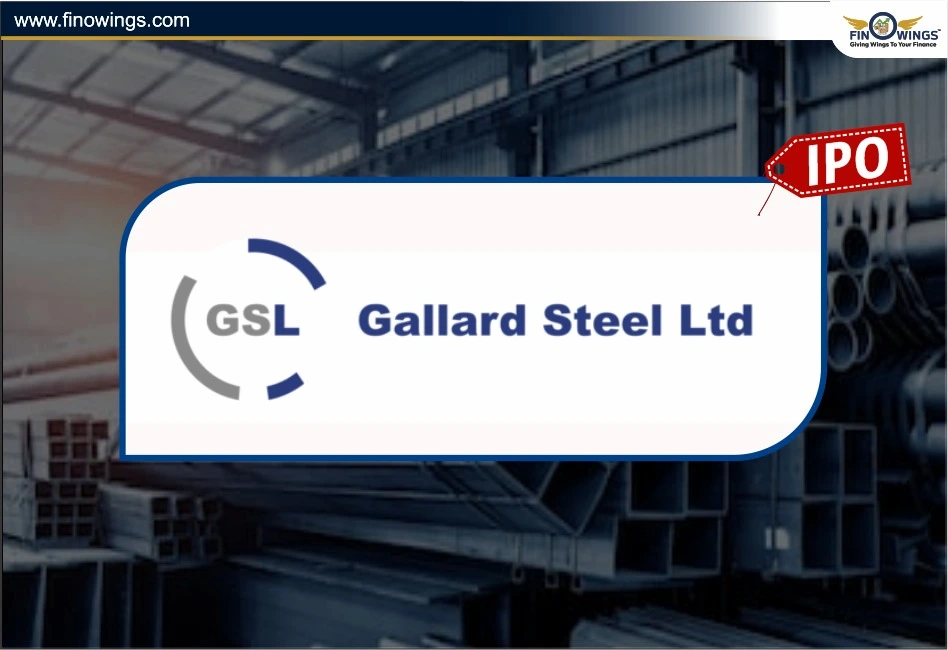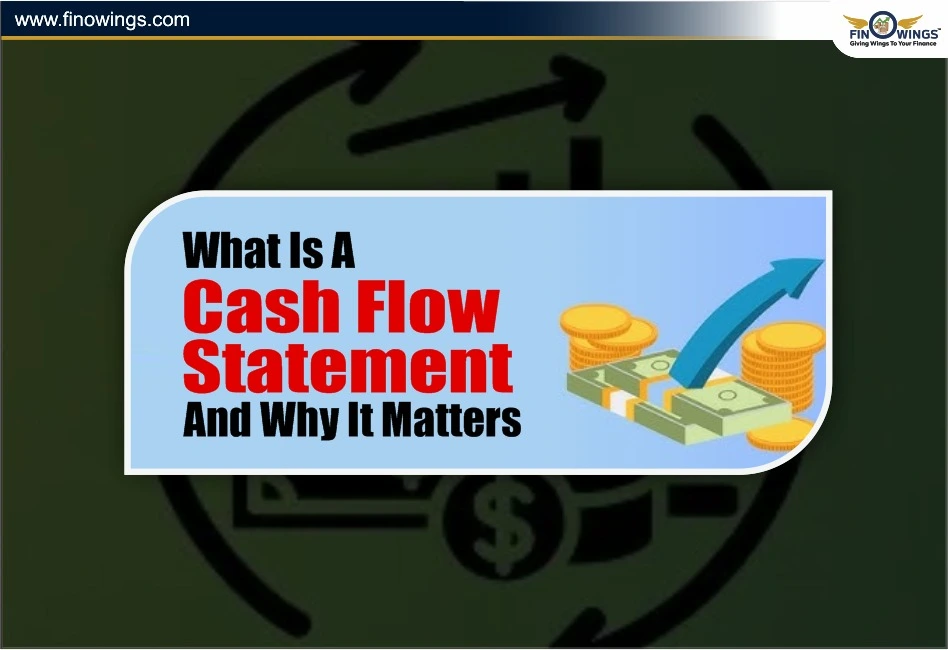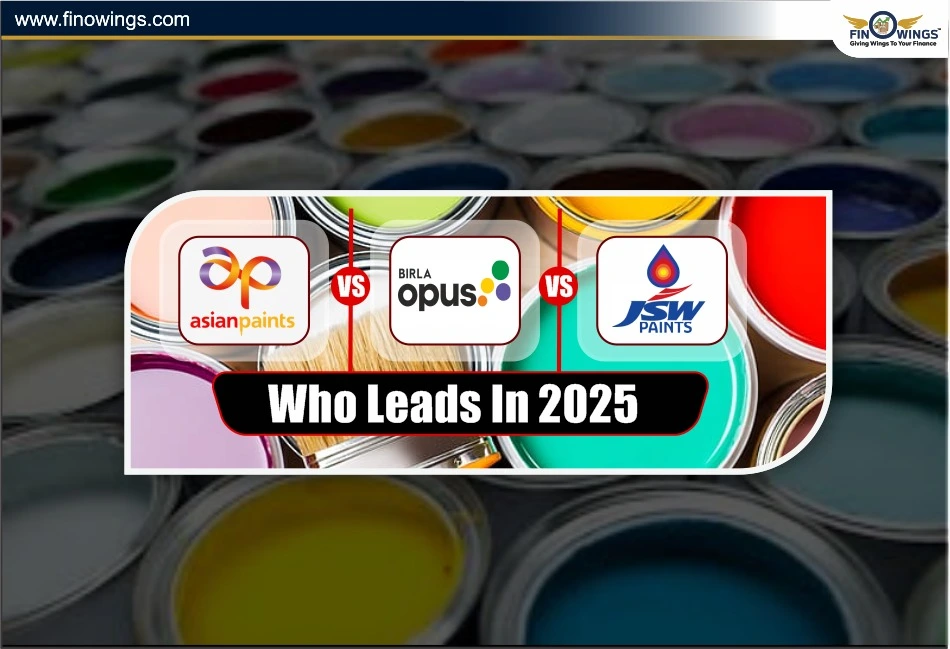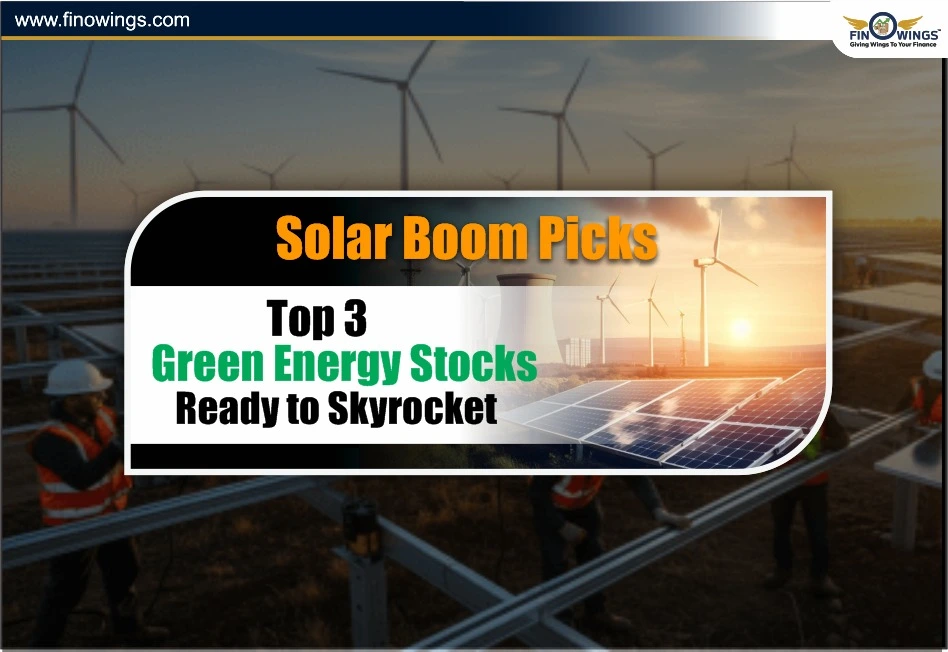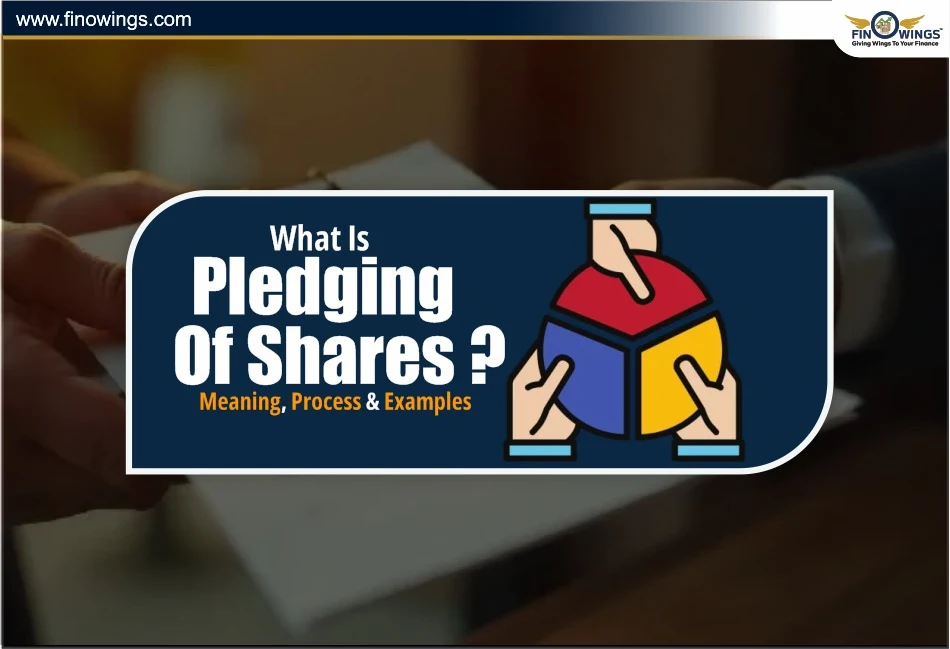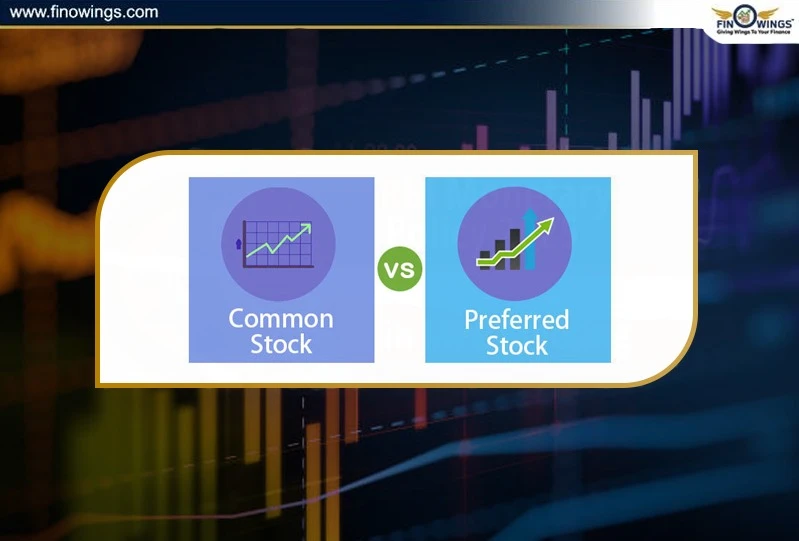Home >> Blog >> AI Bubble: Impact on the Stock Market
AI Bubble: Impact on the Stock Market

Table of Contents
2025 has seen the introduction of various technologies powered by AI and Machine Learning. Automation of tasks completes them in minutes; various industries can now be disrupted and productivity improved simultaneously. Over time, AI has begun to exercise and absorb an increasingly larger portion of the market. Subsequently, market experts begin to weigh the prospects of an AI-powered cash flow.
Forecasting and pricing an AI-powered cash flow is highly speculative as many factors can alter the AI cash flow. Therefore, it is very difficult to anticipate cash flow. Market fraud is manipulated to offset and defraud market optimism. Cash flow is highly speculative and difficult to anticipate. Therefore, the prospect of an AI cash flow is a potentially dangerous opportunity.
This post serves to explain and educate on the reasons for and the potential consequences of an AI market correction.
What Is The AI Bubble?
Imagine a business that has no customers, no revenue, and no profit. Yet, its stock is worth 20 times its worth in real terms. This is the definition of a market bubble. The stock is trading and people are buying it at an exaggerated and ludicrous price. This is called stock price inflation and is controlled by speculation, extreme optimism in the market, and excessive hype.
Using the internet and capturing a market rapidly in the 2000s is an example of stock speculation. It's called the dot-com bubble and it created a huge inflation of many company stock prices.
Why the Bubble in AI Is Growing
1. Significant AI Overvaluation
For decades, many software companies that develop AI and chip makers trade at 50x - 100x price to earnings. This level of tech valuations is a warning sign of a bubble in the market. Sustainable long-term level earnings are unlikely to be at this level.
2. Burst of AI Startups
Firms all over the world have a few dozen to a few hundred employees and are raising millions in venture capital. AI has become the most overhyped technology in the history of the tech world. Many of these companies have little to no revenue. In levels not seen since the tech sector bubble, VCs have poured capital into these companies.
3. Hype Beyond Actual AI Capability
Tools and software that harness the power of AI are nowhere near fully developed and commercialised. Tasks that once took weeks to complete in software developed with the power of AI can be completed in a matter of minutes with minimal human supervision. AI can transform the world in ways that we cannot fully envision today, and firms that are using AI are growing at a rate unparalleled in history.
4. Corporate FOMO
This is the phenomenon in which firms, and investors, rush to implement AI into their businesses not for economic need, but rather the economic fear of being left behind. FOMO creates a level of artificial and irrational demand, which ultimately result in the clearly visible overvaluation of AI.
5. Large Speculation in the Stocks of Datacentres and AI Chips
There is a level of irrational speculation regarding companies and stocks that produce or provide datacentres, data clouding, AI tools, and GPUs. This is behaviour that is typical in bubble-like scenarios.
AI Stock Market Impact
Global markets will react to the tech bubble 2026 due to its growing magnitude, but most of the effects will be seen in the technology sector.
1. Volatility in Share Prices of AI Stocks
Investors react quickly to news regarding the launch of a new product, quarterly results, or an analyst's expectation of an AI company, but news that is tagged along with the AI industry is amplified. Even large players in the sector, such as Microsoft, have news that would cause a price jump of several pounds. Hence, there is always the AI stocks crash built into the market.
2. Looking to other Sectors as the Tech Industry Corrects
As the AI industry grows, the projection of its scope of domination grows as well. This is a problem, as if other sectors or the AI industry pull back, a wildfire of panicking sellers would ensue. This collapse would drag several sectors down, just like the major corrections in the Dot com, Crypto, and Speculative sectors.
This is a domino effect where if multiple sectors are uncorrelated and one sector sells off, other sectors will be hurt badly. A healthy pullback is okay, but a drop, with AI-fuelled markets, not corrections, is not sustainable.
3. Selling off to Sectors with Functioning PE Ratios
Investors see an artificial intelligence bubble, and will be more than likely to sell off their investments, to Bank, Utilities, Healthcare, Energy and Manufacturing. This may cause pessimism in the Future of AI Stocks.
4. Non-AI Tech Companies Pressure
Investors will look to where the most AI narrative is in the industry, new and start-up companies will likely attract the most investor dollars and attention. This will pull valuations on Companies not directly involved in AI but are still in the tech sector.
5. Global Impact on Indexes
Every index, including the NASDAQ, S&P 500, and Nifty Next 50, is highly aligned with certain AI firms. AI market impact, good or bad, will move the entire index.
AI Investing Risks
AI can generate amazing returns. However, there are certain risks investors should consider. Below are the top risks:
1. Overreliance on Speculation
The main threat in the artificial intelligence investing market is speculation-led valuation. Stocks can see a dramatic downfall should the surrounding expectations turn negative.
2. Withdrawals in Spending AI
The economic adoption of AI will be highly expensive, as it requires advanced computing, talented personnel, and a lot of data. During economic slow periods, AI adoption becomes even more vulnerable.
3. More Controls Looming on the Horizon
There are strict measures on how to use data regarding Deep Fakes, AI-generated content, and media automation. These rules could hinder the AI sector growth.
4. High Revenue Growth With Low Profitability
A large number of AI firms are sensitive to the interest rate, even though they are able to grow and expand their revenue.
5. Increased Competition Lowers Profits
Companies such as Google, Amazon, Microsoft, and OpenAI show no sign of slowing down in their quest to obtain AI supremacy. Their large market and hefty funds on the line will likely lead to a reduction in AI profitability in the long run.
Will the AI Bubble Burst? 2026 Predictions from Experts
Analysts are divided.
-
Expect a Bubble Burst.
-
AI chips are already oversupplied.
-
Companies are unable to monetize AI tools.
-
Valuations drop 20-40% in a single frame.
-
Correcting bubbles in tech valuations spreads to the rest of the world.
Expect a Soft Landing
-
AI stocks stop maturing.
-
Earnings catch up to the hyper-valuation.
-
Innovative growth of a new economy.
-
The AI hype cycle of the bubble might or might not be long-term sustainable.
Expect A Bullish Outcome
-
The productivity revolution of AI accelerates.
-
Industries widely adopt all-encompassing automation.
-
AI gets classified as a utility, like “electricity.”
-
Multi-decade mega-trend in Artificial Intelligence.
AI stocks have a future when real life application leads regulation, followed by innovation.
Conclusion
Investors should be cautious when considering the potential of the AI stock market. While the future impact of the technology is vast, the risk also grows in the short term.
A well-thought-out plan contains spreading investment among several industries, steering away from over-promoting AI penny stock purchases, targeting tech companies that have good earnings and that are cash positive, keeping an eye on trends in regulation and maintaining discipline through times of price fluctuations.
While there is a possibility that the tech valuations bubble could burst in the near future, there is certainty that the technology of Artificial Intelligence will continue to reshape the previously established patterns of industries, market economies, and investment opportunities for many years to come.
DISCLAIMER: This blog is NOT any buy or sell recommendation. No investment or trading advice is given. The content is purely for educational and information purposes only. Always consult your eligible financial advisor for investment-related decisions.
Author
Frequently Asked Questions
Yes. Analysts highlight extreme stock overvaluation, oversupply of AI chips, and the rapid rise of unprofitable AI startups as major signs of a potential AI bubble in 2026. Many AI companies trade at 50x–100x P/E despite low earnings growth, making the sector vulnerable to correction.
While no exact date can be predicted, warning signs include slowing revenue growth, declining chip demand, regulatory crackdowns on AI-generated content, and shrinking venture capital funding. A sudden drop in AI hardware or cloud spending could trigger an immediate correction.
If the AI bubble bursts, tech-heavy indices like NASDAQ, S&P 500, and Nifty Next 50 may fall sharply because they are heavily weighted toward AI-related companies. This could spill over into global markets, leading to a multi-sector sell-off similar to the dot-com crash.
Not necessarily. Experts recommend being selective—focus on AI companies with strong cash flow, real revenue, proven products, and diversified business models. Avoid penny stocks and hype-only startups. Diversification across sectors can reduce downside risk.
Investors can minimise risk by allocating funds to stable sectors like banking, FMCG, utilities, manufacturing, and energy. Avoid chasing overhyped AI narratives. Maintain SIP discipline, invest in fundamentally strong companies, and monitor regulatory trends closely.





